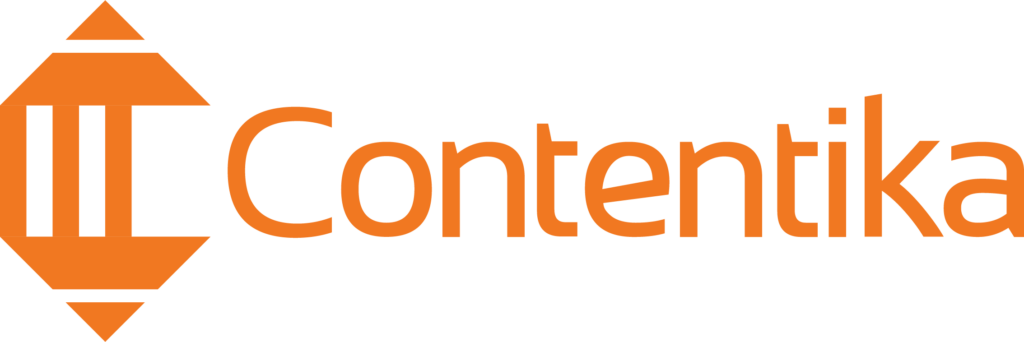An Ultimate Guide to Successful Inbound Marketing

Digital marketing can be overwhelming, with a constant stream of new tactics and technologies to keep up with. But at the end of the day, all inbound marketing comes down to making good content and connecting with your audience in a tangible way. Customers don’t want to be bombarded with sales messages – they want valuable content that speaks to their needs and interests. And that’s where inbound marketing comes in. Building real relationships seems to be a lost art these days, but it’s an integral part of successful inbound marketing. Yet, building connections can be done by throwing a bunch of stuff at the wall and seeing what sticks- it’s about creating a strategy that works for your business and then following through with consistent execution. So, how can you make sure your inbound marketing efforts are successful? In this ultimate guide, we’ll cover everything from creating a buyer persona to measuring your ROI. Let’s dive in. What is Inbound Marketing? Inbound marketing is a type of marketing that focuses on creating and distributing valuable content to attract, convert, close, and delight customers. It simply shows you the process of bringing customers to you instead of you going out and finding them. It serves the goal of attracting strangers and turning them into happy customers. What’s more? Inbound marketing is holistic and consumer-centric. This means that it goes beyond just getting your business name out there. NO! It’s more about building relationships and creating a positive brand image that will last long after the sale. When you offer such an exceptional customer experience, it’s pretty easy for them to do business with you again and recommend you to others. What Are The Benefits of Inbound Marketing? Several benefits come with using inbound marketing to attract and convert customers. Some of these benefits include: Inbound Marketing & Outbound Marketing Inbound marketing and outbound marketing are two sides of the same coin. Outbound marketing is the traditional form of marketing that involves interruption tactics like cold-calling, TV commercials, and pop-up ads. Inbound marketing, on the other hand, Inbound marketing focuses on building customer relationships by giving them helpful content. The main difference between the two is that inbound marketing takes time and outbound marketing gives you results right away. However, in the long run, inbound marketing is more effective because it builds trust and credibility with the customer, which leads to more conversions. Outbound marketing is usually less effective than inbound marketing because it is more disruptive and can be expensive. Inbound marketing is generally more effective because it’s more targeted and efficient. Inbound Marketing & Content Marketing Inbound marketing and content marketing are often used interchangeably, but they are two different things. Inbound marketing is a more holistic approach that covers all aspects of the customer journey, while content marketing is just one piece of the puzzle. This means that inbound marketing and content marketing are that inbound marketing covers the entire customer journey from awareness to purchase. In contrast, content marketing focuses on the relationship between a business and its customers. Be that as it may, inbound marketing is a type of marketing that focuses on attracting customers to your business. On the other hand, you can use content marketing to support your overall marketing goals. It involves creating and sharing valuable content to attract and retain customers – blog posts, ebooks, infographics, etc. Although content marketing is often used as part of an inbound marketing strategy, you can use it independently. Why is Inbound Marketing Important? Inbound marketing has become increasingly important as the world of marketing has changed. Outbound marketing tactics like cold-calling, TV commercials, and interruptive ads were the norm in the past. Today, that has completely changed! Potential customers are much more likely to do their research online before ever contacting a company. Why? Because they can. The internet has enabled customers to find the information they need without talking to a salesperson. Interestingly, they often don’t even have to leave their living room to do it. That’s why inbound marketing is so important. It’s a way to reach your target audience where they are – online. So, inbound marketing is crucial because it helps you: Whatever your product or service, inbound marketing can help you attract strangers and turn them into customers. If you’re not using inbound marketing, you’re missing out on a huge opportunity to grow your business. How Can You Use Inbound Marketing? There are several ways you can use inbound marketing to attract and convert customers. Some common methods include: Blog Posts Blogs are a great way to reach your target audience and show that you are an expert in your field. You can do this by regularly creating, publishing, and distributing relevant content in different forms, such as articles, infographics, videos, and others. SEO “SEO” stands for “search engine optimization.” It is an excellent way to get search engines to notice your website and the content you post. When you optimize the content on your website, you can reach your target market once they search for information related to your business. In other words, SEO makes your content appear higher on search engine results pages (SERPs). By doing this, your website may increase in search results, leading to more traffic. To effectively achieve this, you have to choose the right keywords, create an engaging title/headline and make the format of your content easy to read. Social Media Social media platforms like Twitter, Facebook, and LinkedIn are excellent ways to share your blog posts and other pieces of content with a broader audience. Recent statistics show that While 91 percent of companies use some kind of social media for marketing, 96 percent of people who discuss brands online follow and interact with those brands. Social media provide that platform for building relationships with potential and current customers and promoting your business. You can also build relationships with current and potential customers by answering their questions and concerns through social media.


